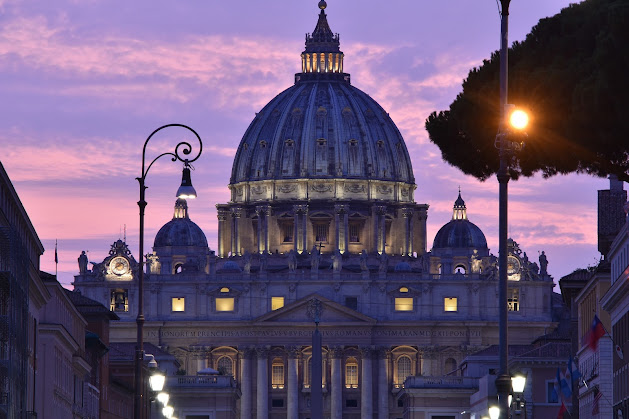Top 10 Historic Landmarks to Visit in Europe
#1 Eiffel Tower (France):
Location: Paris
Significance: The Eiffel Tower is an incredible structure constructed by Gustave Eiffel for the 1889 World’s Fair and is 324 meters tall.
It provides a vantage point to view the city of Paris, besides, it represents French technology and artistry.
Highlights: Three observation decks, one Michelin star restaurant, and nightly lighting up of the building.
#2 Colosseum (Italy):
Location: Rome
Significance: This was a large structure for spectacles built in 80 AD and was used for staging of gladiatorial combat and other events.
An amazing work of Roman engineering and has a status of a World Heritage site.
Highlights: The underground hypogeum for gladiators and animals and the large area of the arena ruins.
#3 Acropolis (Greece):
Location: Athens
Significance: Acropolis is a fortress that was constructed in the 5th century BC, it is considered to be the pinnacle of the ancient Greek architecture.
The most prominent building is the Parthenon, which is the temple of Athena.
Highlights: The Parthenon, the Erechtheion and the temple of Athena Nike.
#4 Stonehenge (UK):
Location: Wiltshire, England
Significance: This ring, dating back to the Neolithic period, 3000-2000 BC, still has not definite function, but may have served for astronomical or ritualistic purposes.
Highlights: The monument that is the circle of stones itself, the area where the stones are located, and the center with information about the place and exhibits.
#5 Sagrada Familia (Spain):
Location: Barcelona
Significance: This basilica is in Barcelona, Spain and is among the most beautiful religious buildings in the world as it is designed by Antoni Gaudí and has a combination of the Gothic and Art Nouveau styles.
Started in 1882, it has not been completed up to the present time; this is the reason why Gaudí’s architectural design is unique and naturalistic.
Highlights: The elaborate exterior, the interior with what can be best described as tree trunks, and Gaudi’s tomb.
#6 Brandenburg Gate (Germany):
Location: Berlin
Significance: It was built in the late 18th century and has become one of the icons of division and unification of Germany especially during the cold war period.
Highlights: The function of the Quadriga on top of the gate as well as the use of the gate as a setting for historical events.
#7 Edinburgh Castle (Scotland):
Location: Edinburgh
Significance: Standing on the Castle Rock it was royal dwelling, fortress, and a military fort since the twelfth century.
Highlights: The Crown Jewels, the Stone of Destiny and the National War Museum.
#8 The Alhambra (Spain):
Location: Granada
Significance: This is a palace and a fortress complex with traces of Moorish architecture and it is recognized as a site of UNESCO.
It looks like the Nasrid Dynasty, so it is perfect for the palace.
Highlights: The stucco and the exquisite ornamentation of the Nasrid Palaces, the Generalife and the Alcazaba fort.
#9 Neuschwanstein Castle (Germany):
Location: Bavaria
Significance: This castle was constructed in the 19th century by the king Ludwig II and is considered as a romantic castle of architecture that inspired the Disneyland’s Sleeping Beauty Castle.
Highlights: The fairy-tale like buildings, opulent decoration and beautiful mountainous background.
#10 Vatican City (Italy):
Location: Rome
Significance: A city of the Vatican, it is considered the spiritual and administrative capital of the Roman Catholic Church since the Pope resides there and many religious and cultural attractions are located.
Highlights: The St Peter’s Basilica, the Sistine Chapel with the ceiling painted by Michelangelo and the Vatican Museums.
These landmarks do not only give a view of Europe’s past but also give cultural and architectural thrills.













Comments
Post a Comment